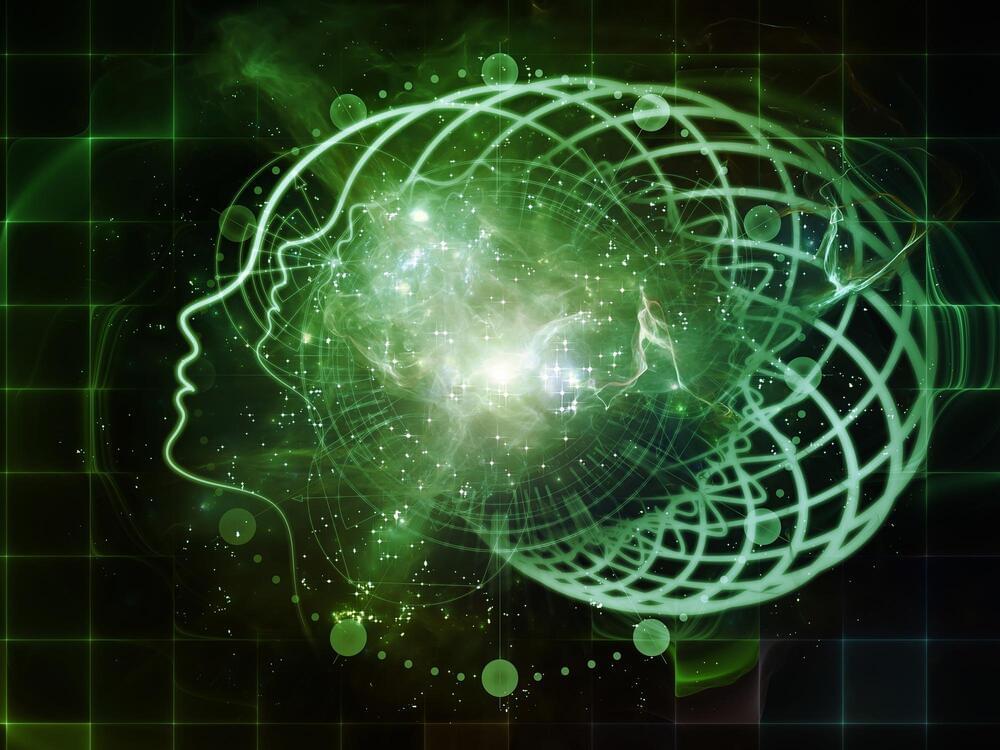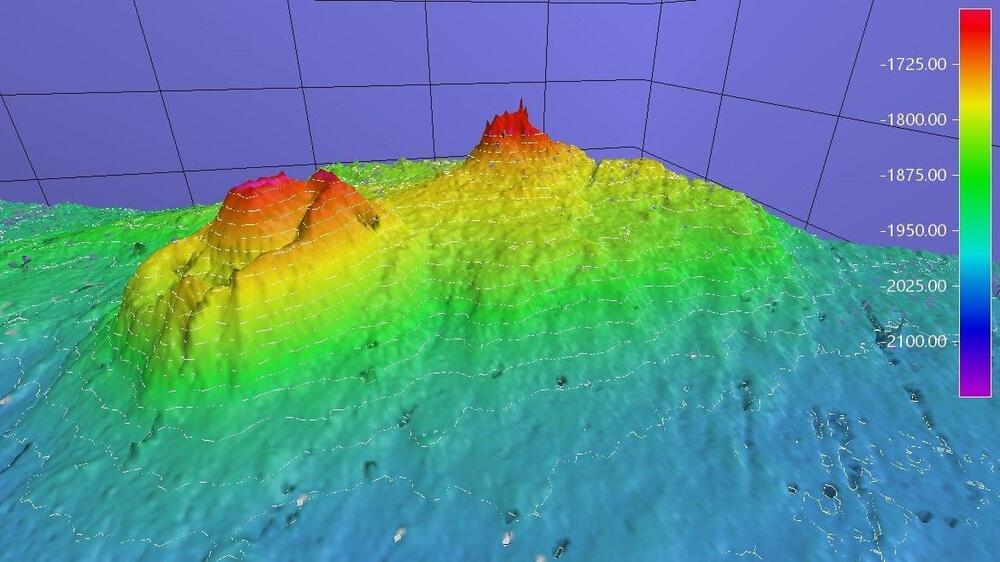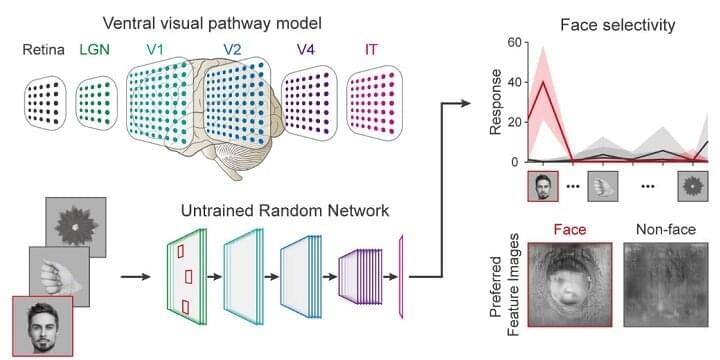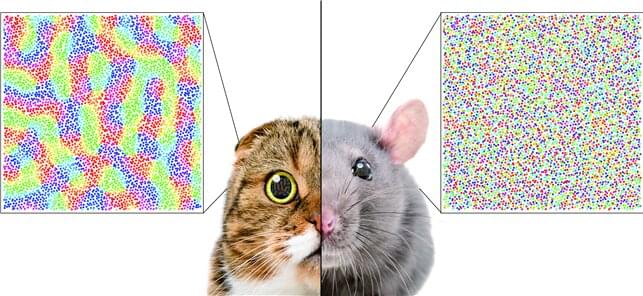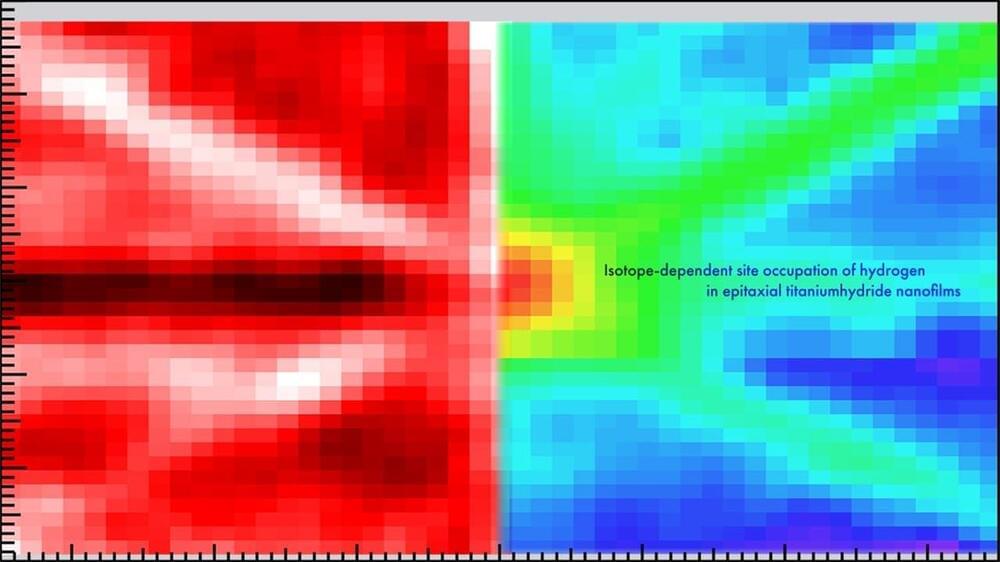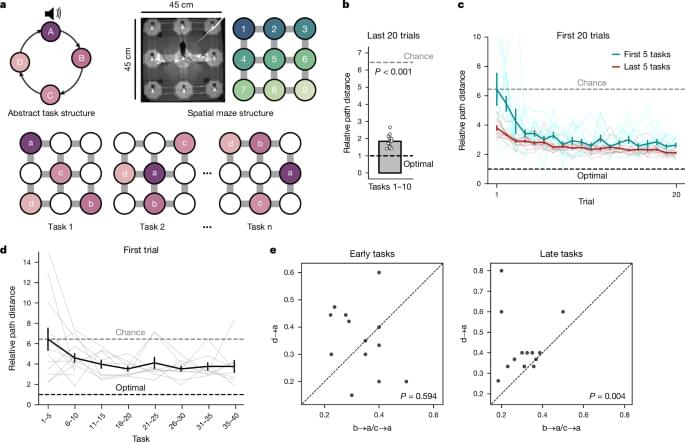Nuclear microreactors in remote areas require robust monitoring for safe operation.
A team of researchers at the University of Michigan has developed a groundbreaking real-time, 3D temperature mapping system for nuclear microreactors.
This innovation promises to enhance safety monitoring and pave the way for wider adoption of these compact power sources.
Nuclear microreactors, small enough to be transported by a semi-truck, are seen as a viable solution for providing energy in remote locations, disaster relief situations, and military operations.
